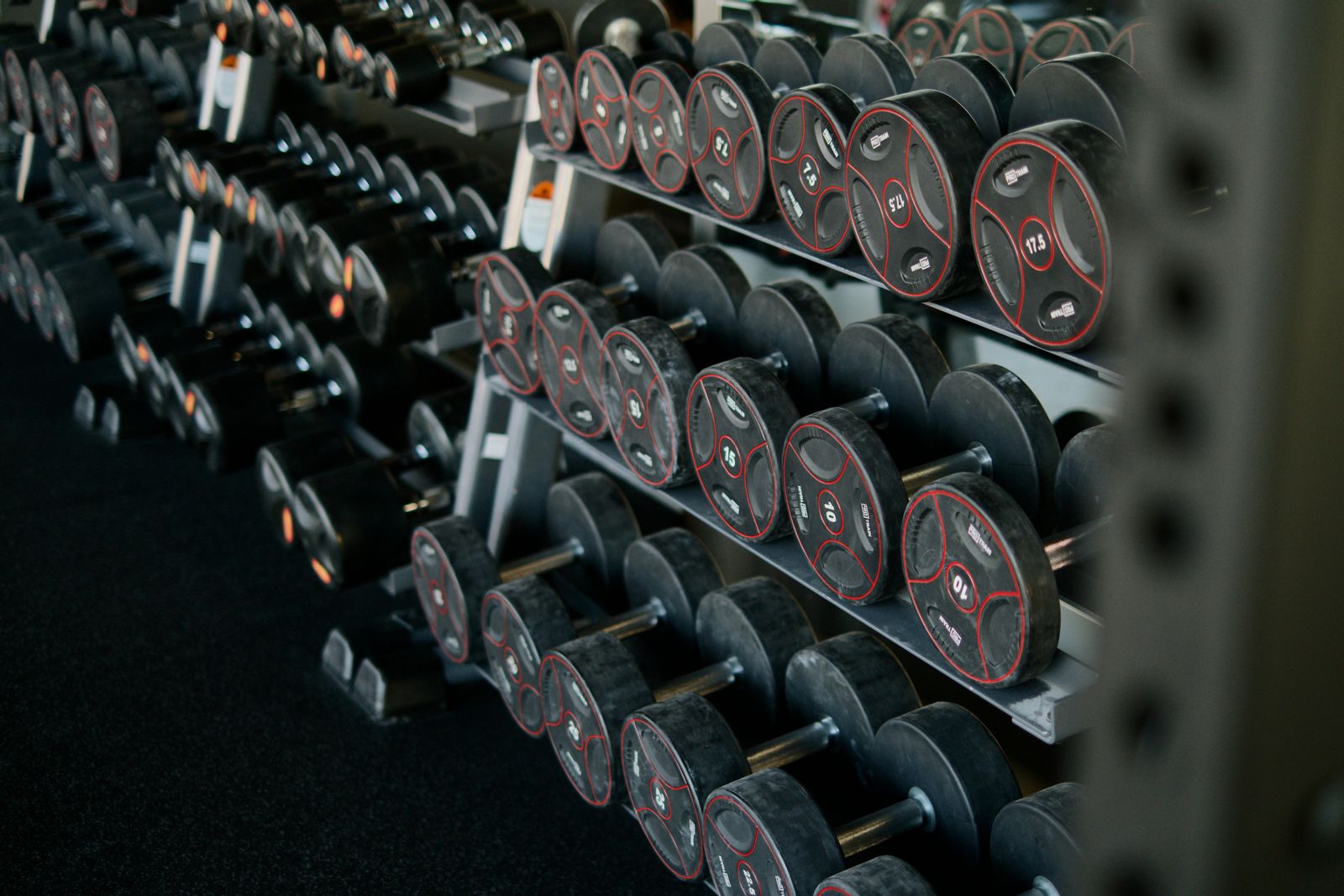If you’re part of the veterinary healthcare team (VHT), you already know this work is demanding—not just physically, but emotionally and mentally too.
It’s one of the few professions where your brain, your body, and your heart are all required every single day.
That’s why VETSPAN™ matters.
Just like healthspan refers to the number of healthy years you live, VETSPAN™ is about how long you can stay energized, engaged, and well enough to continue doing the work you care about—without burning out or breaking down.
This post breaks down the 5 pillars that support both your healthspan and your vetspan™—and how to start using them in a way that fits the reality of your life and your clinic.
VETSPAN™: What It Means and Why It Matters
The average career span in veterinary medicine is shrinking—not because people stop caring, but because they stop coping.
• Long hours
• Emotionally heavy cases
• Physical wear-and-tear
• Chronic compassion fatigue
• Disrupted sleep schedules
The result? Many incredible professionals feel like they’re barely hanging on.
VETSPAN™ is the answer.
It’s a sustainable framework for staying physically durable, mentally grounded, and emotionally present—so you can continue making an impact in this field without sacrificing yourself in the process.
The 5 Pillars of VETSPAN™

Pillar 1: Exercise (a.k.a. Physical Durability)
“You can’t help animals if your back is wrecked.”
Whether you’re lifting sedated dogs, hunching over surgery tables, or standing for 10 hours straight, the job takes a toll.
But movement can also be your armor.
Smart strength training, joint mobility work, and cardiovascular conditioning protect your body, reduce injury risk, and help you feel more capable in and out of the clinic.
VET-Tip: You don’t need an hour at the gym. Start with 2–3 weekly workouts that include core strength, glute activation, and posterior chain durability. It’ll pay off every time you wrestle a 70-pound lab onto the floor.
Pillar 2: Nutrition (a.k.a. Real-World Fuel)
“You can’t pour from an empty cup—or run a surgery on coffee and Goldfish.”
Let’s be honest: most vet professionals eat whatever’s in reach between appointments. That usually means convenience over quality—and the result is low energy, brain fog, and digestive stress.
The goal isn’t perfection. It’s preparation.
VET-Tip: Pack two portable, high-protein snacks and a hydration tool (like an electrolyte mix or a shaker bottle). Having a plan makes the healthy choice the easy choice—even on chaotic days.
Pillar 3: Sleep (a.k.a. Recovery That Works)
“Caring for others doesn’t work if you’re running on empty.”
The VHT world doesn’t always allow for perfect sleep—but small improvements in consistency, routine, and recovery habits can go a long way.
Sleep is where your nervous system resets.
It’s also when your body heals and your brain processes emotional stress.
VET-Tip: Use a wind-down routine that starts before your head hits the pillow. 30 minutes of screen-free time, dim lighting, and a calming habit (stretching, reading, even petting your dog) can transform the quality of your rest.
Pillar 4: Emotional Well-being (a.k.a. Mental Resilience)
“You carry more than just your own stress—you carry your clients’, your patients’, and your team’s.”
Vet med is emotionally taxing. The grief, the guilt, the financial conversations, the emergencies—it piles up.
You need more than bubble baths and deep breathing. You need boundaries, support, and tools that help you process what you deal with daily.
VET-Tip: Build a micro-boundary ritual into your day. That might mean 60 seconds of stillness between patients, a walk at lunch, or a short journaling practice post-shift to “offload” mental weight.
Pillar 5: Preventative Care (a.k.a. Knowing Before You Break)
“We’re great at early detection—for our patients. Let’s do the same for ourselves.”
That shoulder ache that won’t go away? That creeping exhaustion? That sense of emotional numbness?
These are signals—not signs of weakness. When we ignore them, they become crises. When we address them early, they’re manageable.
VET-Tip: Schedule your own wellness check-ins. That includes physical (ergonomic consult, PT, bloodwork, massage) and mental/emotional (counseling, debriefs, support groups). Make it non-negotiable. You are worth it!
The Bottom Line: Your Health Is the Job
You are your most important tool.
You can’t show up fully for your patients or your team if you’re depleted, disconnected, or constantly dealing with nagging injuries.
The 5 pillars of VETSPAN™ give you a framework to build strength, stamina, and sustainability—not just in your body, but in your mindset and your ability to keep showing up for the work you love.
Ready to Take the Next Step?
Tools, resources, and coaching to help the veterinary healthcare team thrive—long term—is just a click away.






